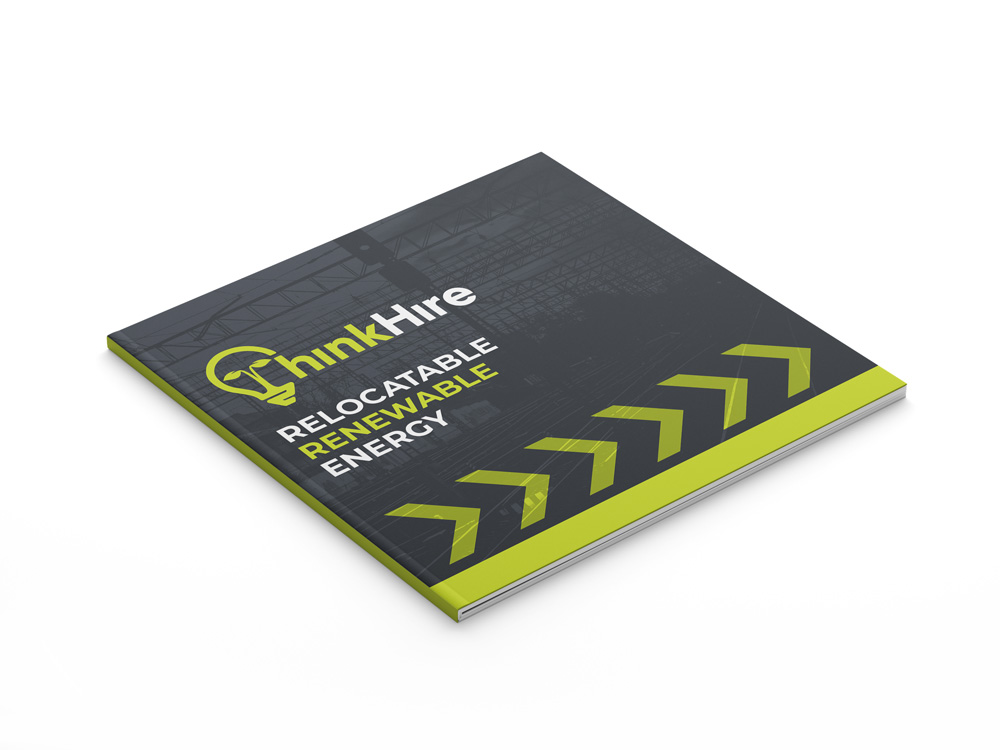How Powerful Is The Sun?
Date: 10/11/22
Here at Think Hire, we use the energy of the sun every day to power portable solar generators and solar site lighting for our customers across the UK. Portable solar generators use the sun to run all kinds of site equipment, as well as charging the new generation of electric vehicles and electric plant. Meanwhile, solar site lighting is a reliable, low cost, zero emissions way of using the sun to keep your site safely lit.
But just how big and powerful is the sun, and how much energy does it give us here on Earth? Brace yourself, we are about to deal in some unimaginably large numbers…
How large is the sun?
The sun is the largest object in our solar system by far. In fact, the sun contains 99.8% of the total mass of the solar system. It is 864,000 miles wide and has a circumference of 2.715million miles. Unlike the ‘squashed’ shape of the Earth, the sun is an almost perfect sphere, differing by just 6.2miles between the equator and the poles. Here on Earth, the difference is around 27miles, despite the Earth being 109 times smaller than the sun.
You could fit 1.3million Earths into the sun’s 1.4 x 1027 cubic meter volume, and it has a mind-boggling mass of 1.989 x 1030 kg (roughly 2 with thirty zeros after it), which is 333,000 times more massive than the Earth. Every second, the sun loses 1.5million tonnes to things like solar wind and converts 4million tonnes of mass into energy. Even so, it has only lost a tiny fraction of its mass in the 4.5billion years it has been shining.
How much energy does the sun produce?
The sun is a colossal ball of super-hot plasma gasses that are in a constant state of nuclear fusion. In this process, hydrogen atoms fuse together to make helium, releasing huge amounts of energy. It is estimated that the sun has enough hydrogen to burn like this for another 5billion years.
The sun fuses around 600million tonnes of hydrogen atoms into helium atoms every second. It is estimated that this creates a staggering 384.6 Yottawatts of energy per second – that’s 38,400,000,000,000,000,000,000,000,000 Watts – although thankfully, not all of that reaches the Earth or we would be completely fried.
How much energy do we get on Earth?
The amount of energy you do get from the sun depends on where you are and the time of year. The Earth gets around 430 quintillion joules (18 zeros) of energy per hour from the sun, which is approximately what the whole planet uses in a year. The top of the Earth’s atmosphere gets 1,366W/m2, but as this gets filtered and dispersed by the atmosphere, the rates on the surface are much lower.
The further north or south you go from the equator, the less energy you get from the sun. In the UK, London gets an average of 109 W/m2, while Edinburgh gets just 94 W/m2. However, Honolulu, much closer to the equator, gets a generous 248 W/m2. The 23.5° tilt of the Earth also means we get less energy from the sun in winter than we do in summer, as the light energy has to travel further through the atmosphere at an angle.
Power even on cloudy days
The energy from the sun is so strong and abundant, that it can even provide power on cloudy days. Although the photovoltaic panels on portable solar generators and solar site lighting will not produce as much energy when the sun is not out, they can still work highly efficiently, keeping your site connected.
For example, the Eco Solar Tower Light delivers enough energy to provide 8 hours of light, 7 days a week throughout the spring, summer and autumn months and still manages 8 hours of light, 5 days a week through the winter.
To find out more about harnessing the bountiful free energy that reaches us from the sun every day, using portable solar generators and solar site lighting, get in touch with Think Hire now. With 430,000,000,000,000,000,000 joules of energy reaching us every hour, there’s plenty to go around!
